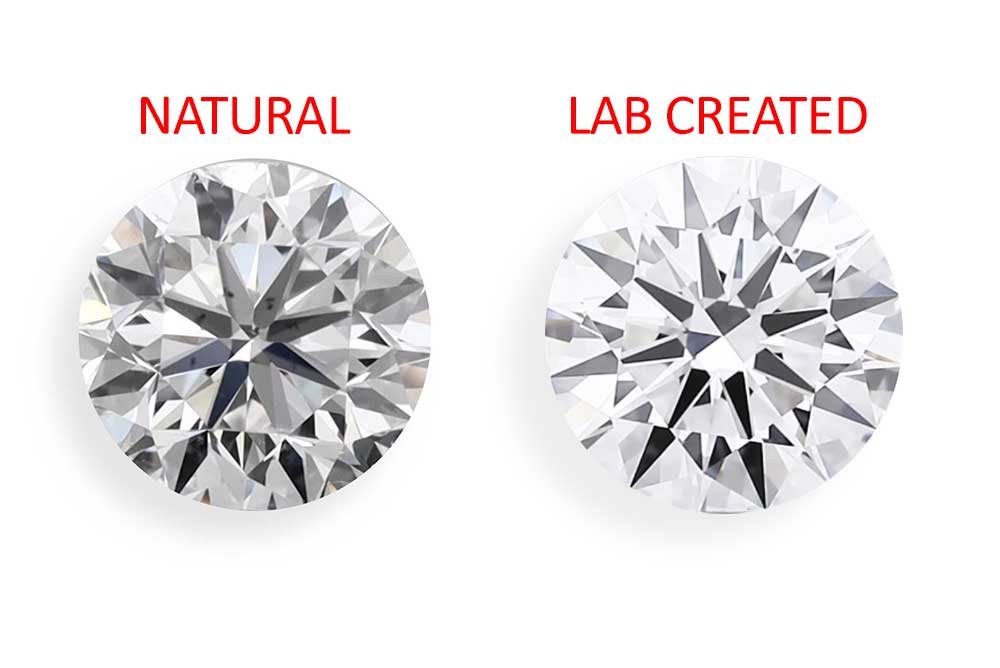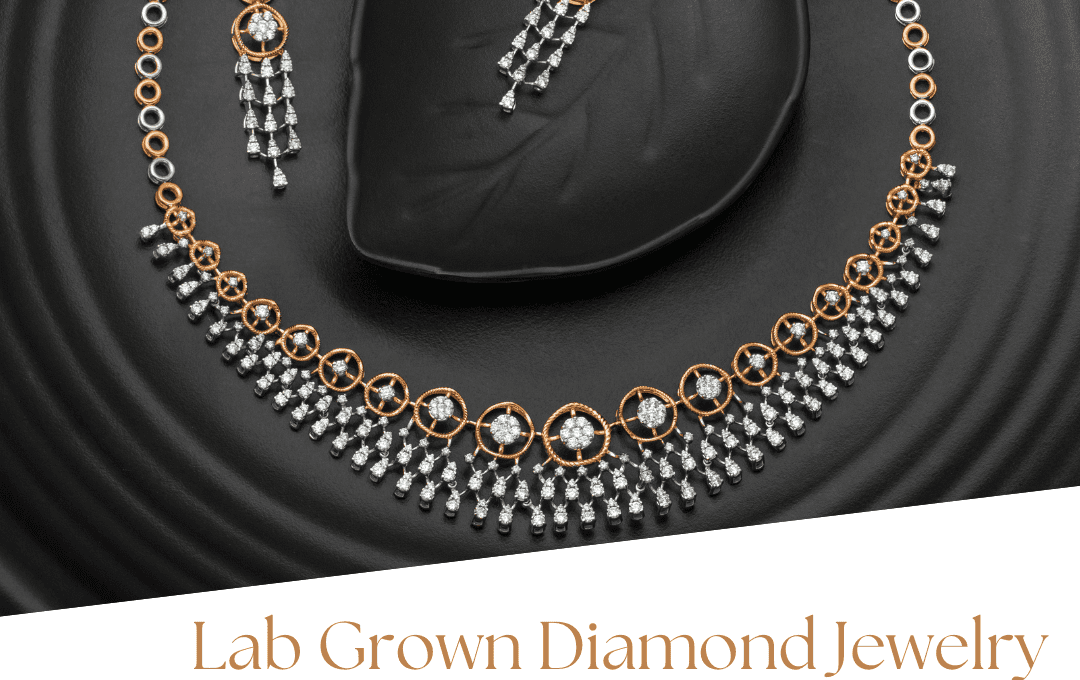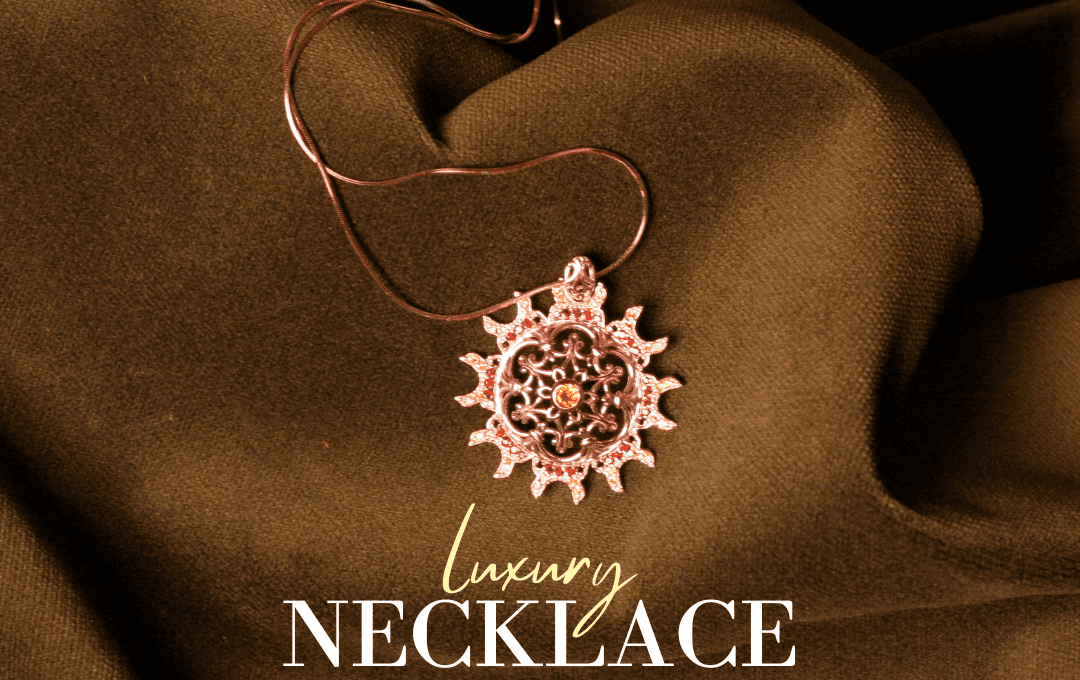

Real diamonds and lab-created diamond are two different types of diamond that have distinct differences in their origin, formation, and value. Here are some of the key differences between natural diamond and lab-created diamond:
- Origin: Natural diamond are formed deep within the earth’s mantle over millions of years, while lab-created diamond are made in a laboratory setting using advanced technology.
- Formation: Natural diamond are formed by the high-pressure and high-temperature conditions found deep within the earth’s mantle, while lab-created diamond are made by simulating these conditions in a laboratory using machines.
- Rarity: Natural diamond are rare and valuable due to the long and complex geological processes involved in their formation. In contrast, lab-created diamond are much more abundant and can be produced in large quantities.
- Price: Natural diamond are typically more expensive than lab-created diamond due to their rarity and the high demand for them. Lab-created diamond, on the other hand, are usually less expensive than natural diamond of similar quality and size.
- Eco-friendliness: Lab-created diamond are often considered to be more eco-friendly than natural diamond since they do not require mining, which can have significant environmental impacts.
- Durability and quality: Both natural diamond and lab-created diamond have similar physical and chemical properties, and can be of high quality and durability. However, some people prefer natural diamond due to their unique characteristics and rarity.
Lab-grown diamond are considered Real diamonds by most industry experts and organizations, including the Gemological Institute of America (GIA), the world’s leading authority on diamond grading.
According to the GIA, lab-grown diamond are “diamond that have essentially the same chemical composition, crystal structure, optical, and physical properties as diamond that are mined from the earth.
” This means that lab-grown diamond are not “fake” diamond or diamond simulants like cubic zirconia or moissanite, which are made from different materials and have different properties.
The fact that lab-grown diamond are made in a laboratory setting rather than being Real diamond from the earth does not make them any less real or valuable.
In fact, lab-grown diamond are becoming increasingly popular as consumers seek more ethical and sustainable options for their jewelry purchases.
Because they are made in a controlled environment, lab-grown diamond are often free of the ethical concerns that are associated with the diamond mining industry, such as human rights abuses, environmental damage, and conflict diamond.
Of course, some people may still prefer Real diamonds because of their rarity and the fact that they are formed by natural processes over millions of years.
However, the growing popularity of lab-grown diamond is a testament to the fact that many consumers now consider them to be just as “real” and desirable as natural diamond.
In summary, natural diamond and lab-created diamond are two different types of diamond that have their own unique characteristics and value.
While natural diamond are rare and valuable due to their geological formation, lab-created diamond offer an eco-friendly and cost-effective alternative that is becoming increasingly popular among consumers.


